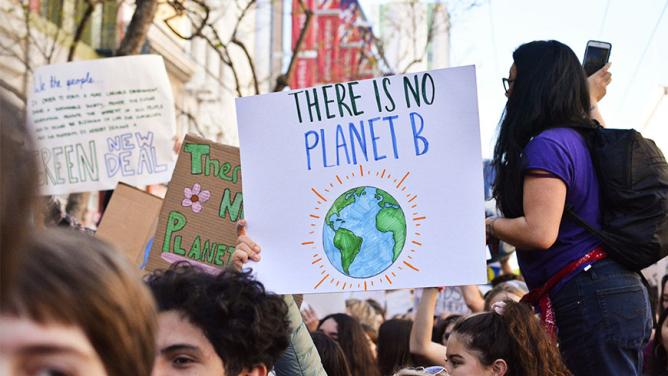A prerequisite for achieving carbon neutrality?
According to the IEA, carbon sequestration is a must on the road to carbon neutrality. The International Energy Agency stresses that it is almost the only way to decarbonise cement production, and probably the most effective for iron, steel and the chemical industry. The European Commission, UNECE and more naturally the leaders of the energy sector also share this view. According to IFP Energies nouvelles, 100 billion tonnes of CO2 will need to be stored by 2050 to stay within the 2°C warming target. This is a considerable ambition compared to the 40 million tonnes per year stored today.
A double-edged argument
Conversely, a movement of opposition – or at least caution – has developed around CO2 capture technologies. The Verge explains that carbon capture projects are mainly backed by fossil fuel plants, for example to extend their lifespan. One Earth points out that sequestration technologies are very energy intensive. One of the most efficient capture plants in the world – Sleipner in Norway – is said to have generated 25 times more CO2 than it captured…
A multitude of technological options
Recovering CO2 emissions from industrial processes is a simple idea. Its implementation, however, relies on complex technologies. The IEA identifies 7 main technologies. The two most widely used are chemical absorption, which relies on the reaction of CO2 with a solvent, and physical separation, which can use the principles of adsorption, absorption, cryogenic separation, dehydration or compression. Oxy-combustion, membrane separation, calcium loop, chemical loop or direct separation complete the range of solutions.
Carbon sinks put to work
The latest IPCC report mentions the importance of natural and artificial carbon sinks in combating climate change. The former are well known: the oceans and forests are losing their capacity to capture CO2 and urgently need to be managed sensibly. The latter are still at the experimental stage and envisage carbon sequestration in deep geological formations, salt domes or former oil wells. They can also take the form of ‘nature-based’ solutions such as the CarbonWorks photobioreactors (a partnership between Suez and Fermentalg) which rely on the properties of micro-algae to capture CO2.
Carbon capture is looking for an economic model
Despite its promise, CO2 sequestration is still too expensive. According to Wood Mackenzie, 68 projects have already been abandoned for lack of profitability. With a cost of between €50 and €150 per tonne for all processes, carbon capture remains more expensive than the famous European “right to pollute” carbon price. However, the IEA notes a certain number of avenues for reducing costs throughout the value chain: technological maturation, economies of scale, digitalisation and optimisation of business models.


